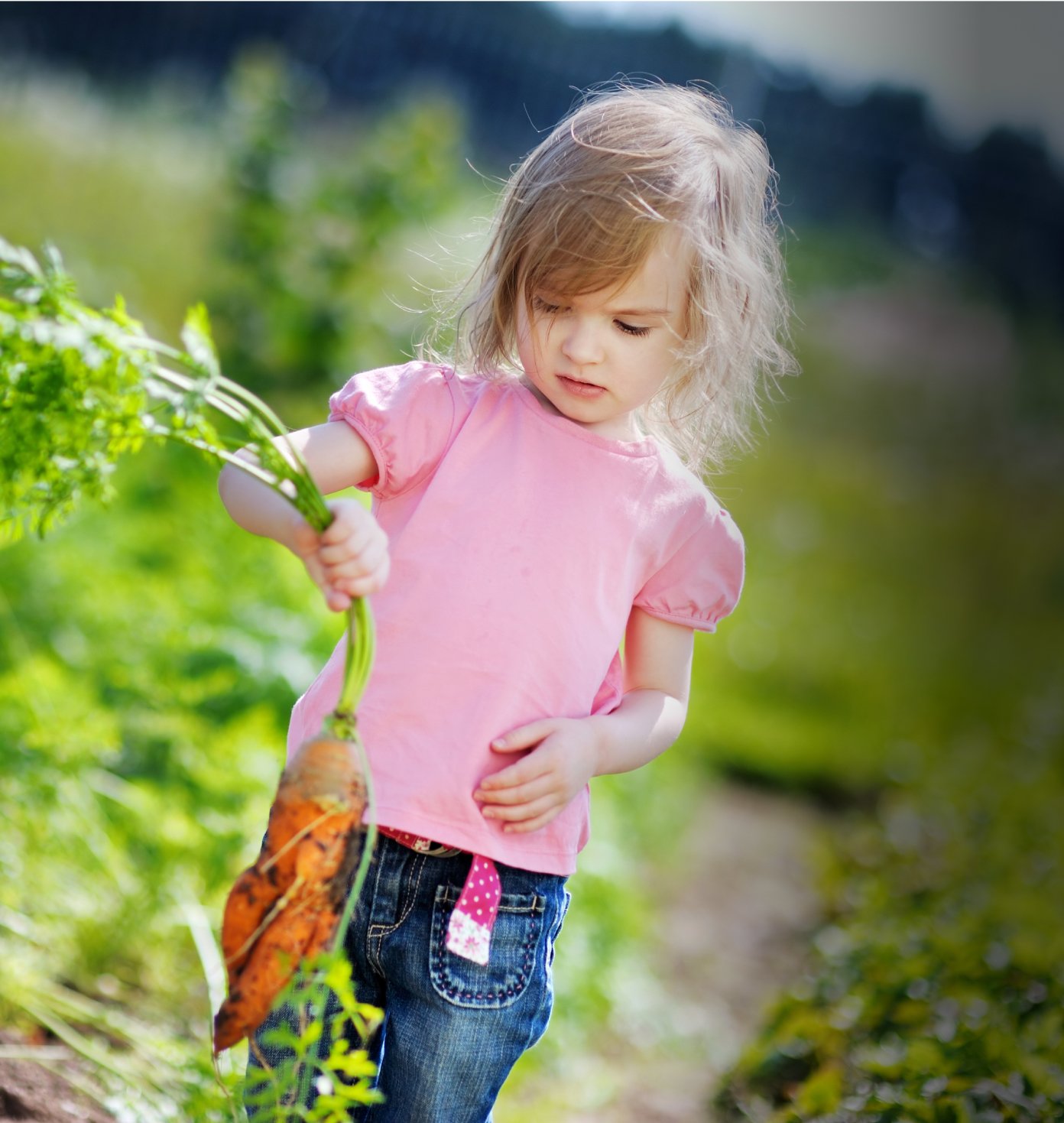These four foods are high in pesticides – try organic to reduce your exposure
WEDNESDAY, MARCH 20, 2024
Since 2004, EWG’s Shopper’s Guide to Pesticides in Produce™ has helped Americans choose the fruits and vegetables that are lowest in pesticides. EWG’s guide is based primarily on data from the Department of Agriculture’s Pesticide Data Program, with some from the Food and Drug Administration’s Pesticide Residue Monitoring program. It focuses on fresh fruits and vegetables, a major source of pesticide residues in our diets.
EWG recommends consumers buy organic versions of produce on the Dirty Dozen™, the list of fresh fruits and vegetables with the highest pesticide residues, and either conventional non-organic versions of the items on its Clean Fifteen™, the produce with the lowest pesticide residues.
The annual Shopper’s Guide is popular, but it’s not EWG’s only research on pesticides in food. EWG researchers also monitor the scientific literature on pesticides and work with independent laboratories to test other foods.
Through that work, we’ve found four other foods that can be a common source of pesticides in the diet. EWG recommends that consumers trying to reduce their dietary pesticide exposure buy organic versions of these foods, both in their unprocessed state and in products made with them.
Peer-reviewed studies routinely show that when people switch to an organic diet, the level of pesticides in their bodies drops rapidly.
1. Oats
Research by EWG and other advocacy groups has highlighted the pervasive contamination of our food supply, especially for conventional oats, with glyphosate, a chemical associated with an elevated risk of cancer.
Tests conducted by EWG in 2018 (round 1 and round 2) and 2019 detected the toxic pesticide glyphosate in more than 95 percent of the conventional oat-based products in our samples, including children’s cereals.
Through its Pesticide Data Program, the USDA tests fresh produce and some other foods for more than 500 pesticides. But shockingly, the agency typically does not test foods for glyphosate, even though it’s the most widely used pesticide in the U.S.
In 2023, EWG released results of tests revealing another pesticide, chlormequat, in 12 of the 13 oat-based foods we tested. Scientific studies have found this plant growth regulator can cause developmental and reproductive toxicity in animals, suggesting the potential for similar harm to humans.
More recently, EWG published a groundbreaking peer-reviewed study about chlormequat. Our research found chlormequat in the urine of four out of five of the people tested, and in 92 percent of the oat-based foods we sampled.
The USDA does not test oats or other foods for the chemical.
Switching to organic oats and organic oat-based products is the best way to reduce exposure to glyphosate and chlormequat from oat consumption.
2. Beans and legumes
Like oats, conventional beans and legumes are often sprayed with glyphosate right before harvest, causing residues to make it into food products. Glyphosate has been reported in pinto beans and in chickpea products such as hummus.
EWG tests conducted in 2020 found glyphosate in 60 percent of conventional bean and lentil samples and more than 80 percent of conventional hummus and chickpea samples.
The Canadian Food Inspection Agency detected glyphosate in nearly half the conventional bean, pea and lentil products tested in 2015 and 2016.
As with oats, organic chickpeas, hummus and other legumes and legume-based products contain much lower levels of glyphosate, if any.
3. Cilantro and basil
Like many fruits and vegetables, some herbs used in cooking, such as cilantro, can contain surprisingly high pesticide levels. For example, based on USDA tests of samples collected in 2019, the pesticide profile of cilantro is similar to those of spinach and kale, both of which are on the Dirty Dozen list.
Herbs are not included in the Shopper’s Guide ranking since they are not as widely consumed as other fruits and vegetables and are not tested as regularly by the USDA.
As with kale, the most frequently detected pesticide on cilantro is DCPA, often sold under the brand name Dacthal. The EPA classifies Dacthal as a possible human carcinogen, and it is not approved for use in the European Union.
The bee-killing neonicotinoid pesticide imidacloprid was the most commonly detected pesticide on more than half of basil samples collected by the USDA in 2019.
Other concerning pesticides detected on herbs include chlorpyrifos and pyrethroid insecticides, which are linked to harm to the developing nervous system.
Consumers who frequently cook with herbs should consider organic versions of cilantro and basil.
4. Rice and wheat
Rice and wheat are diet mainstays, but conventional versions of these foods can contain harmful pesticide residues.
In recent years, the USDA collected and tested 739 conventional wheat flour and 692 conventional rice samples, finding 19 and 50 different pesticides on these commodities, respectively.
Two of the most concerning chemicals found were the neurotoxic pesticide chlorpyrifos and the pyrethroid insecticide deltamethrin.
A 2017 study in France reported that children who consumed greater amounts of pasta, rice, semolina, breakfast cereals and whole grain bread had higher levels of exposure to pyrethroid pesticides, compared to those who consumed less of these foods.
Rice samples also contained tricyclazole and propiconazole, two fungicides not approved in the EU due to concerns over possible DNA damage and insufficient safety data, as well as reproductive toxicity and potential hormone disruption for propiconazole.
Washing and cooking rice can reduce some pesticide residues, but buying organic is still the best for ingesting fewer pesticides.
Glyphosate is also present in wheat products, as tests by EWG and others have shown.
Organic rice and wheat products are grown without these pesticides, so they’re a good choice for people trying to avoid pesticides.
About EWG’s Shopper’s Guide to Pesticides in Produce
EWG's Shopper’s Guide to Pesticides in Produce is a suite of materials investigating the presence of pesticides in foods and the ways they could harm people, especially children – and to help consumers make the best, most informed choices for their families.
We’ve published the guide nearly every year since 2004.
EWG's Shopper’s Guide is designed to support people who would like to minimize their exposure to pesticides. It includes two well-known lists: the Dirty Dozen, or the 12 fresh non-organic, or conventional, fruits and vegetables with the highest pesticide residues, as well as the Clean Fifteen, the conventionally grown fruits and vegetables with very low or no traces of pesticides.
Some pesticides have more data linking them to health concerns than others. These pesticides are particularly concerning for children, who are especially susceptible to many of the health harms associated with pesticide exposure.
The presence of so many different pesticides in foods is also problematic. There’s little data available about how multiple pesticides interact with each other in the body or how such mixtures could compound each chemical’s individual potential health harms. But the data we do have suggests that when chemicals are present in a mixture, they may be toxic to humans at lower levels than when alone.
When regulating pesticides, government bodies also consider them only one at a time. They don’t look at the potential total body burden for consumers.












